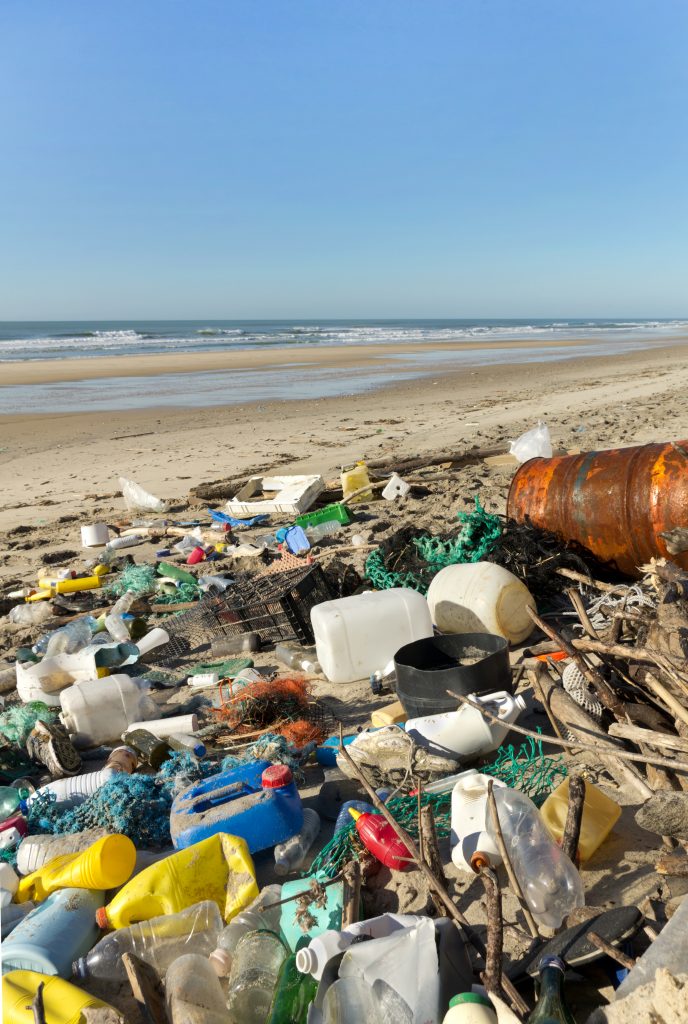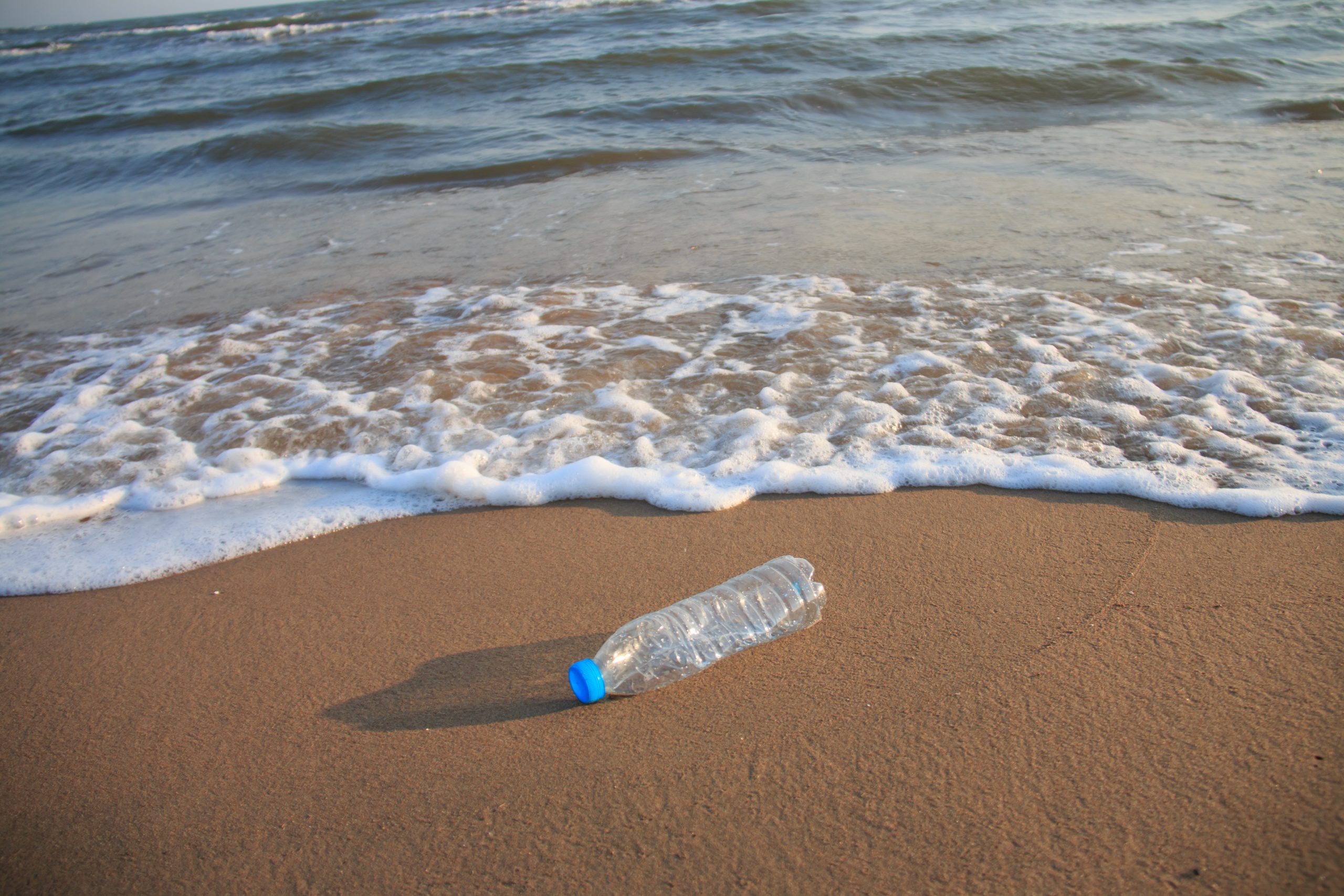Plastic Pollution Raises Beach Temperatures, Threatening Marine Life, Study Finds

Plastic solution threatens marine life in many ways, from entangling fish and seabirds to wreaking havoc on their digestive tracts when they mistake it for food.
Now, a new study has revealed another danger plastics pose to coastal animals: It can actually heat the beaches they call home.
“When you have plastic piling up and piling up, it creates this insulation layer – it rapidly raises the temperature to a point where it is likely unsuitable for most animals,” Dr. Jennifer Lavers from the University of Tasmania’s Institute for Marine and Antarctic Studies (IMAS), who led the new study.
The research, published in the Journal of Hazardous Materials last week, looked at the extent and impact of plastic pollution on the beaches of two remote islands: Henderson Island in the Pacific and the Cocos (Keeling) Islands in the Indian Ocean. The researchers found a lot of plastic on the islands — up to three kilograms per square meter — even on beaches that were uninhabited. Further, they found that the plastic was having a measurable impact. They took daily temperature readings of beach sediment in six locations on the islands and found that the plastic had increased daily maximum temperatures by 2.45 degrees Celsius and decreased daily minimum temperature by 1.5 degrees Celsius.
“Sandy beaches have not been a focus previously, so this is the first time real-world in situ data on circadian thermal fluctuations of beach sediment has been collected – and it reveals that accumulated plastics increase daily temperature extremes.
This increase in temperature could have serious impacts on marine life, especially on animals known as ectotherms. These are animals that rely on outside temperatures to regulate their body heat, and many have adapted to very specific temperature ranges.
The hotter beaches could also harm meiofauna, small animals that live in beach sediment and are an important part of coastal ecosystems, as well as an important food source for migratory birds

